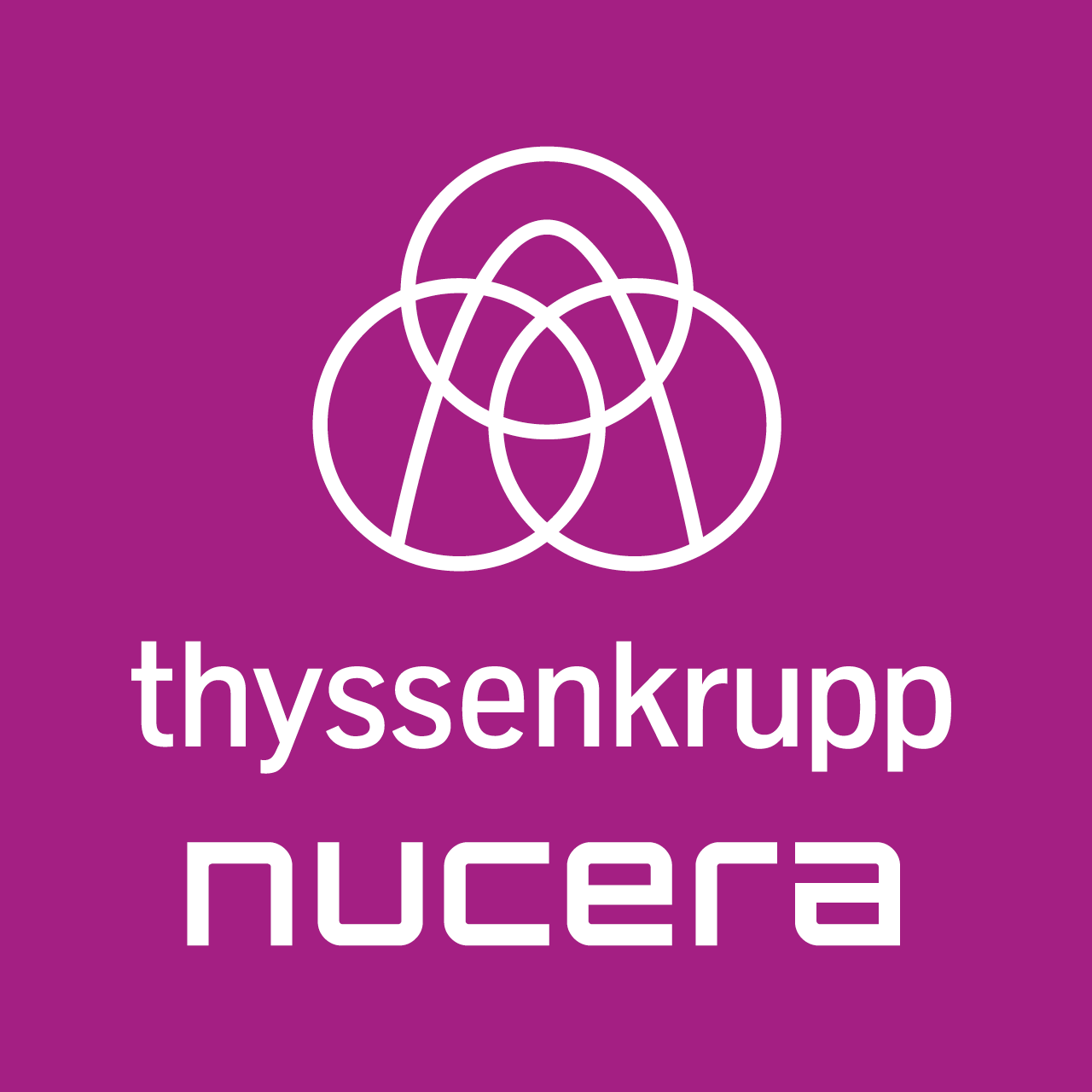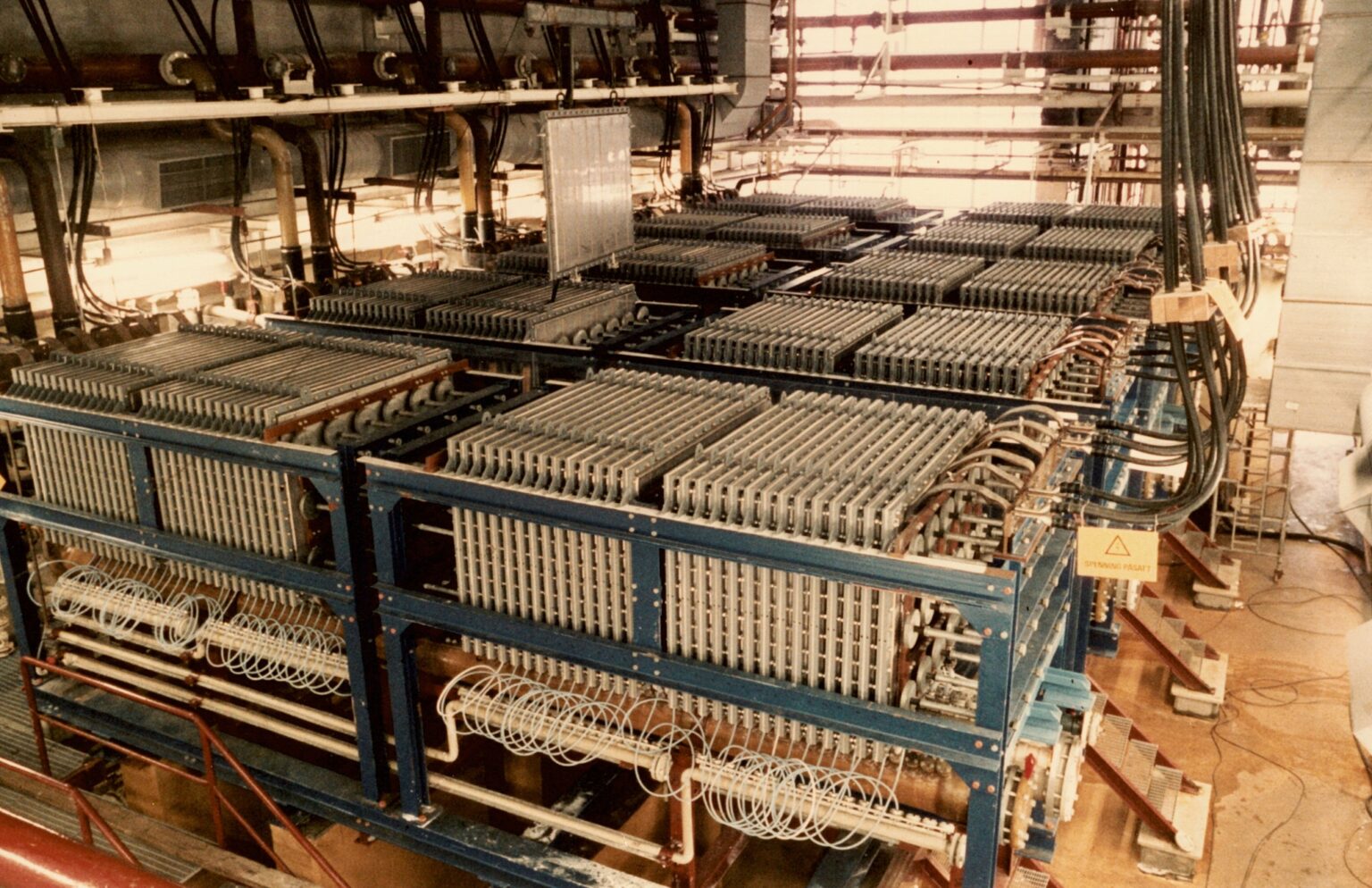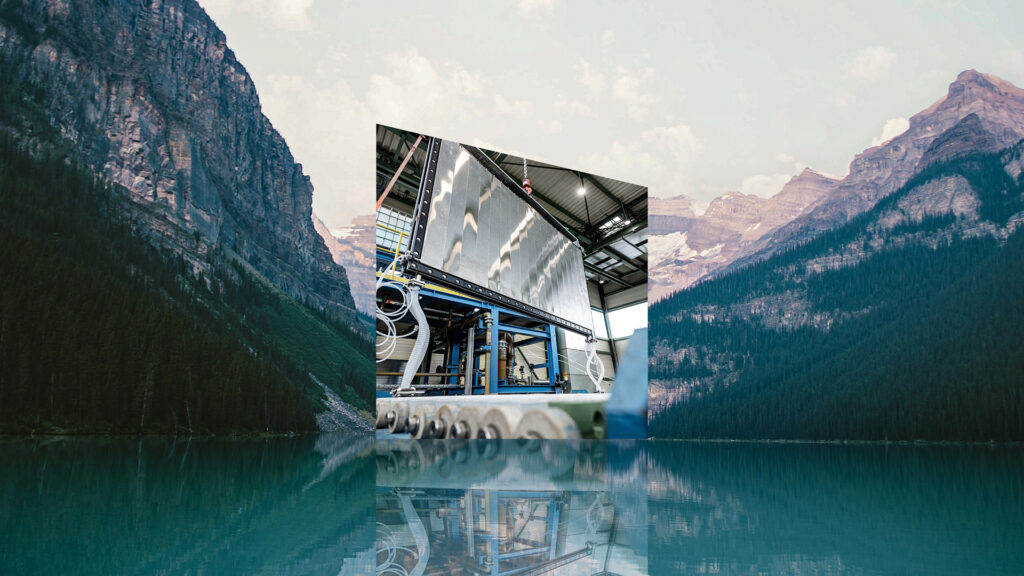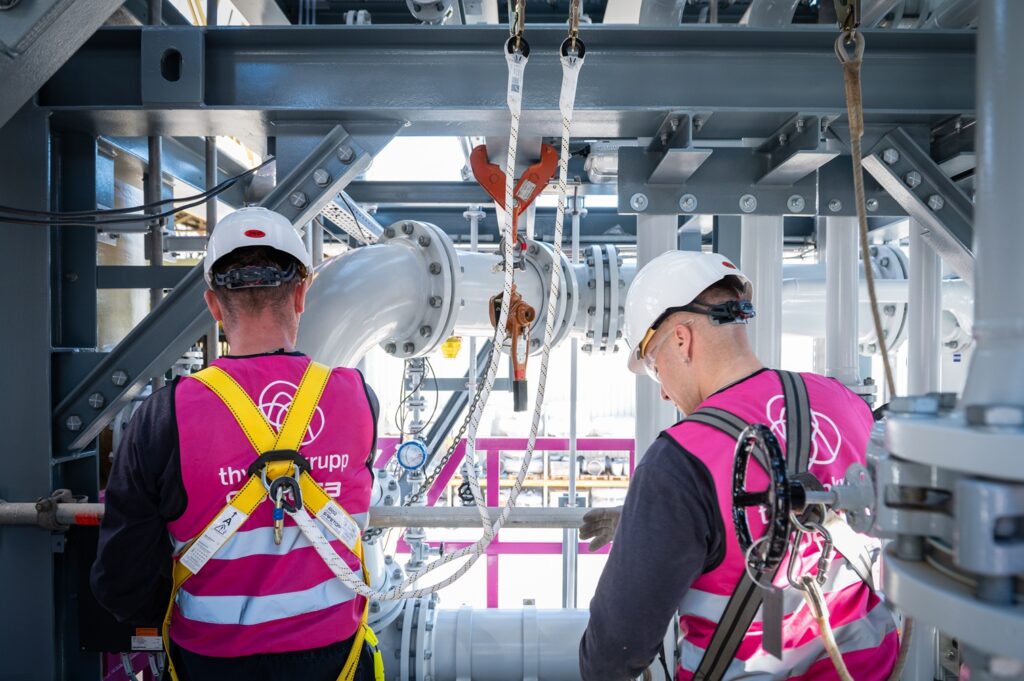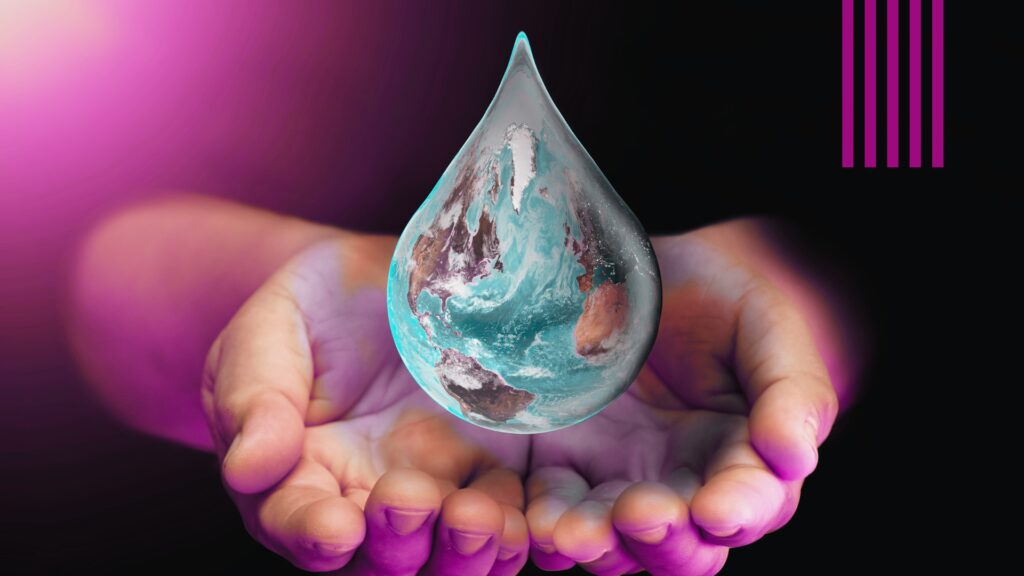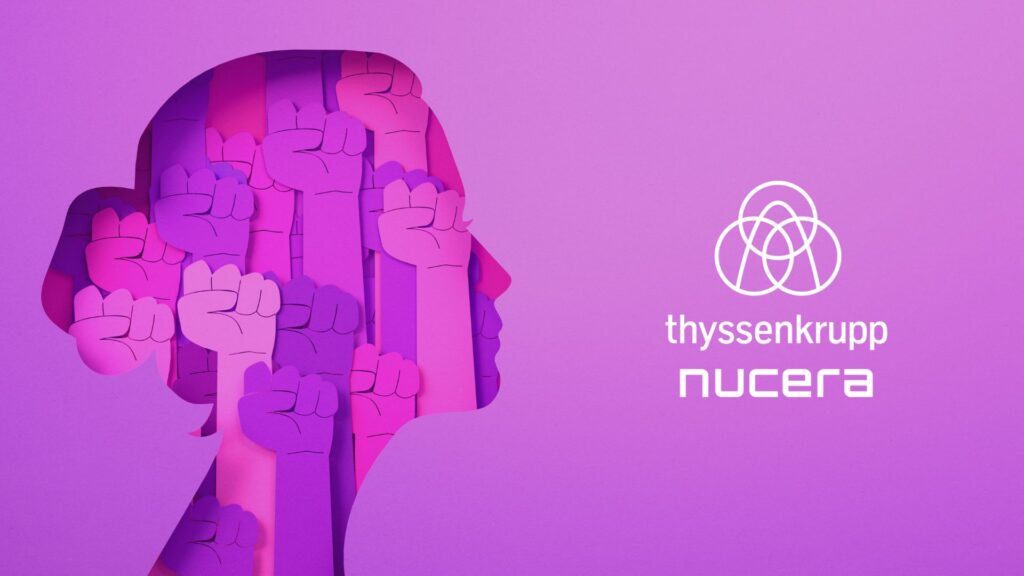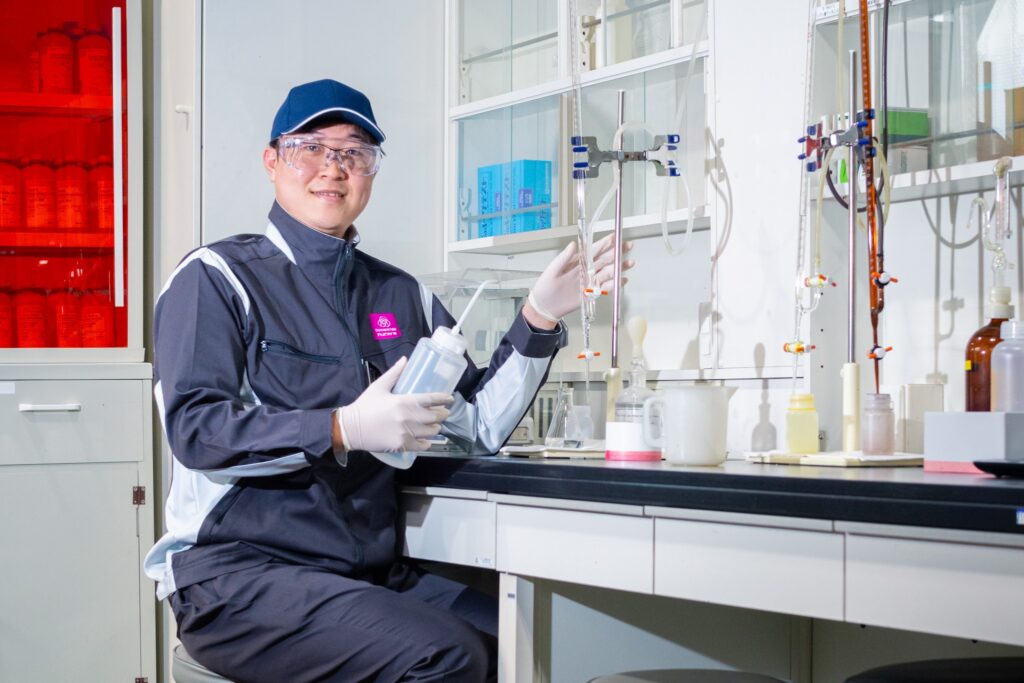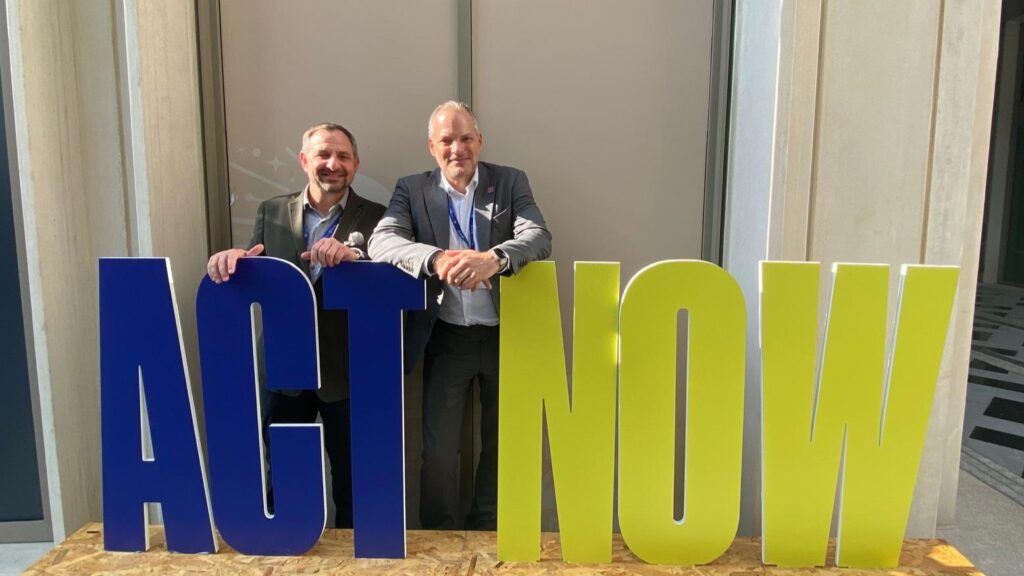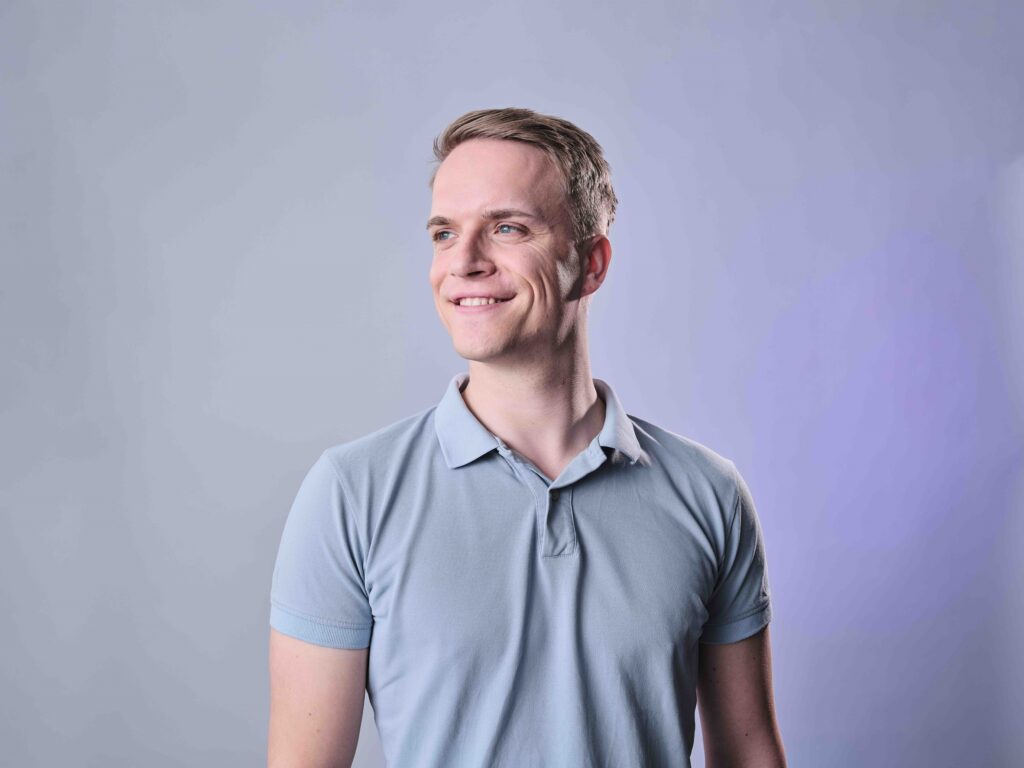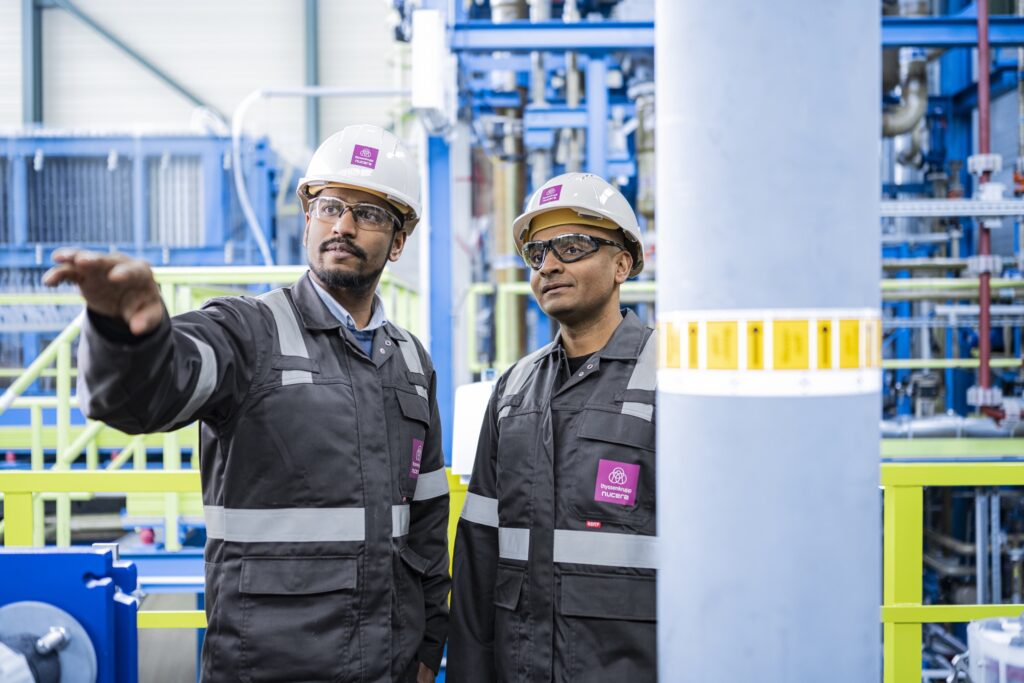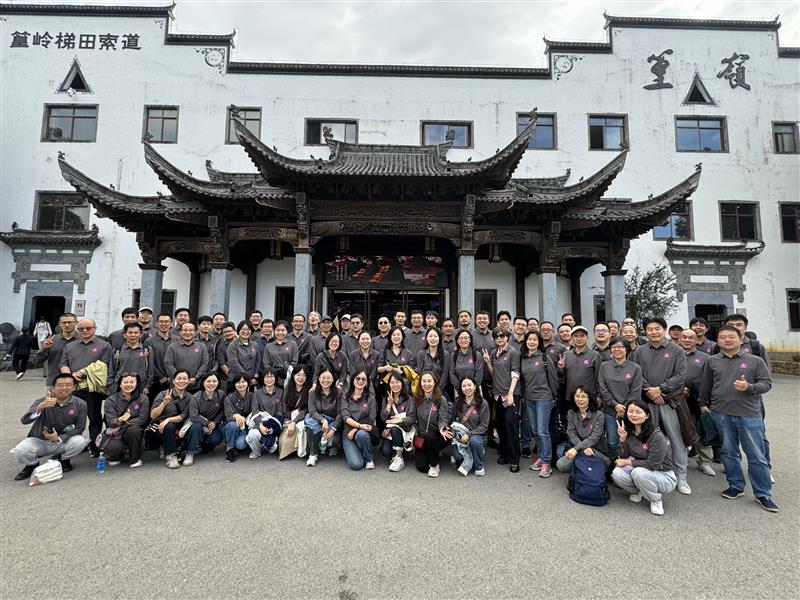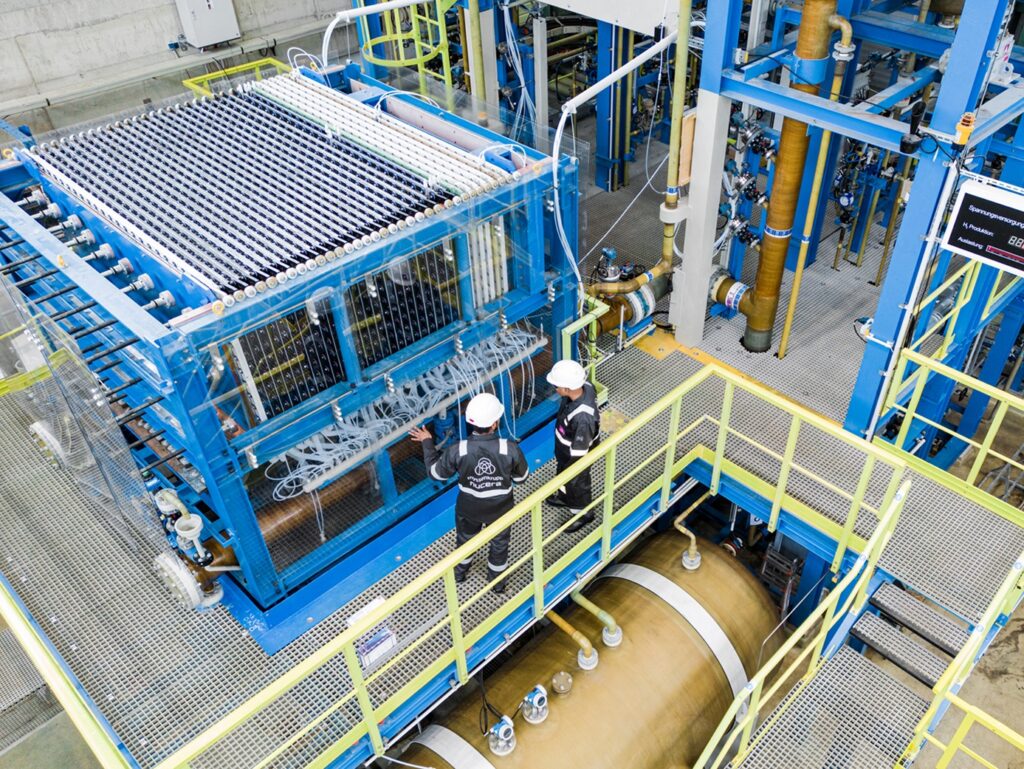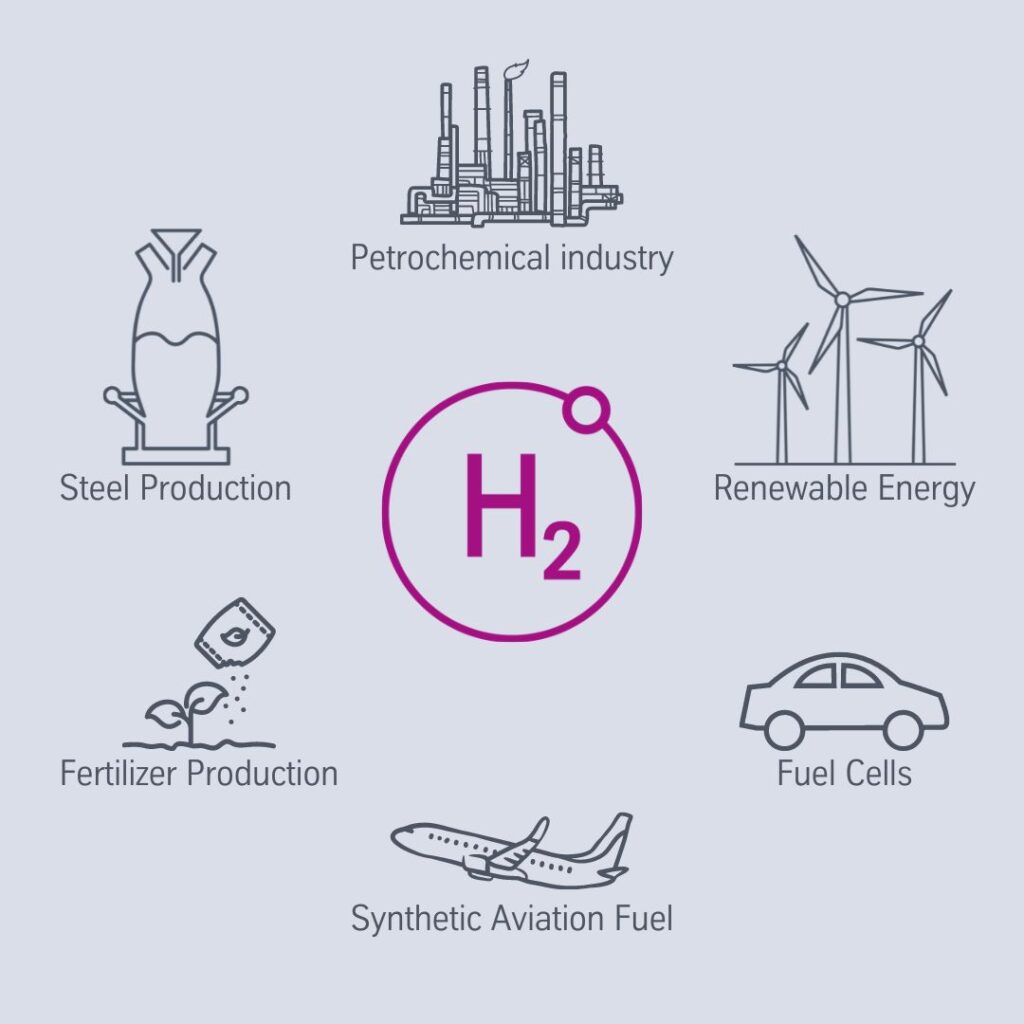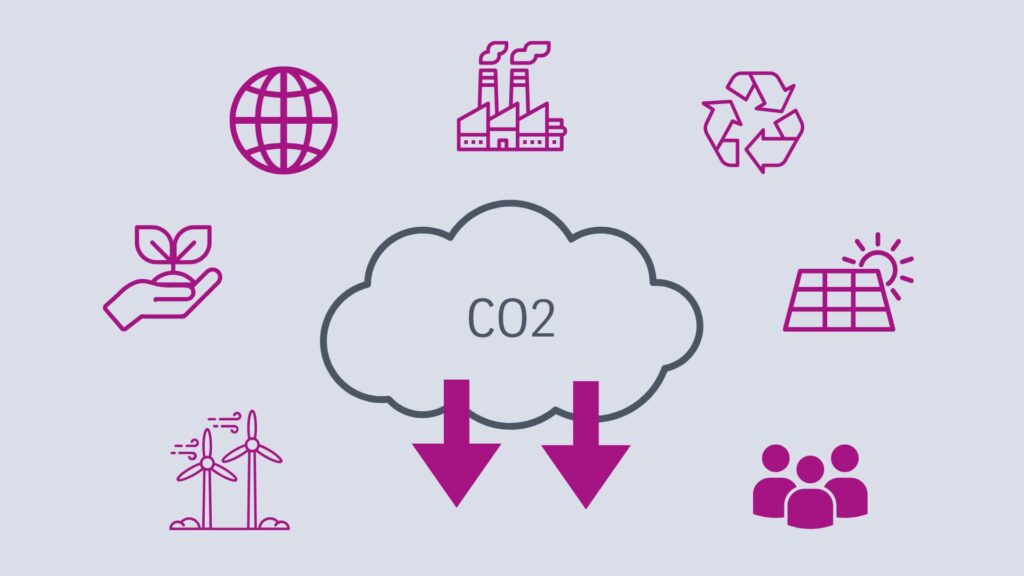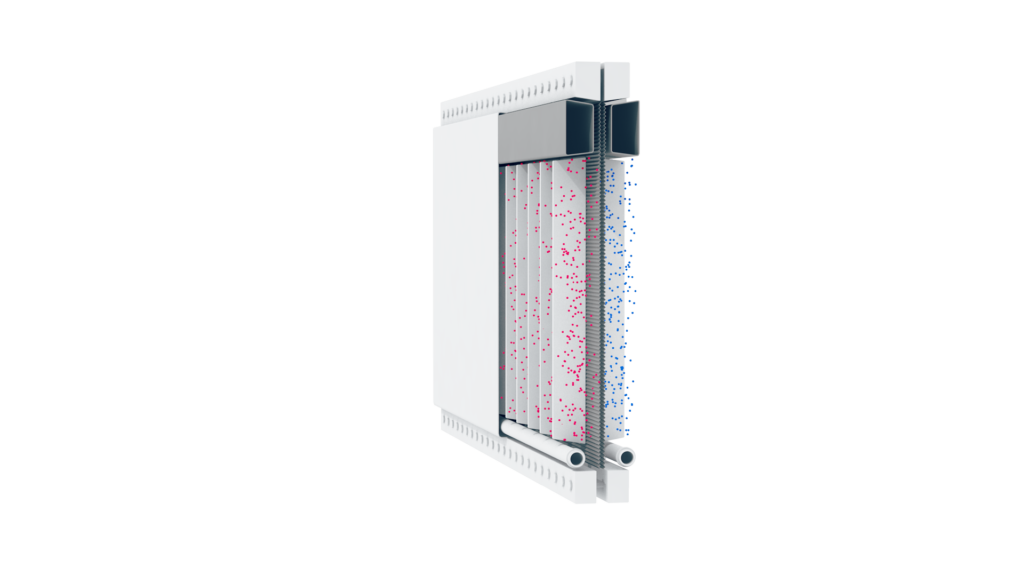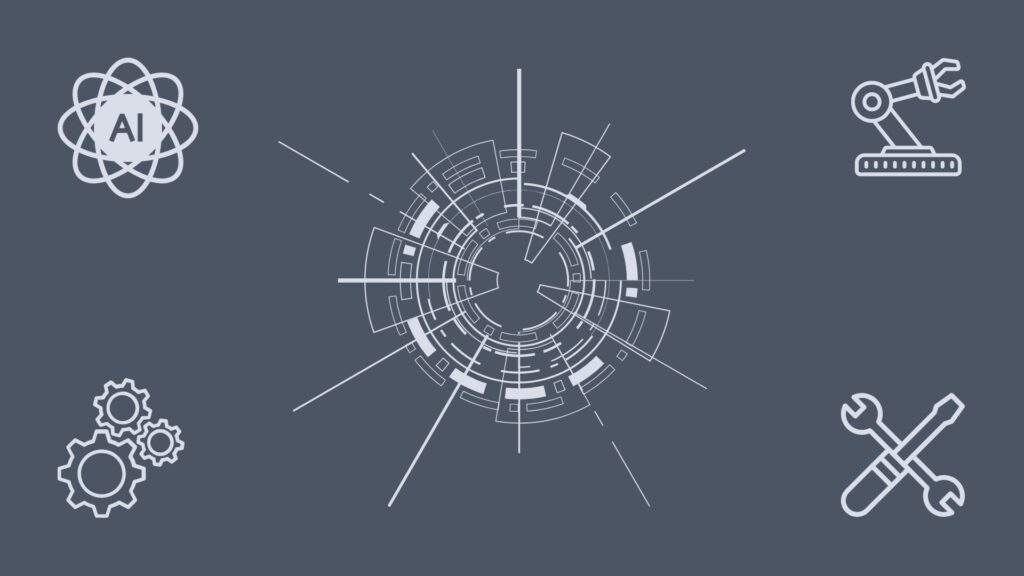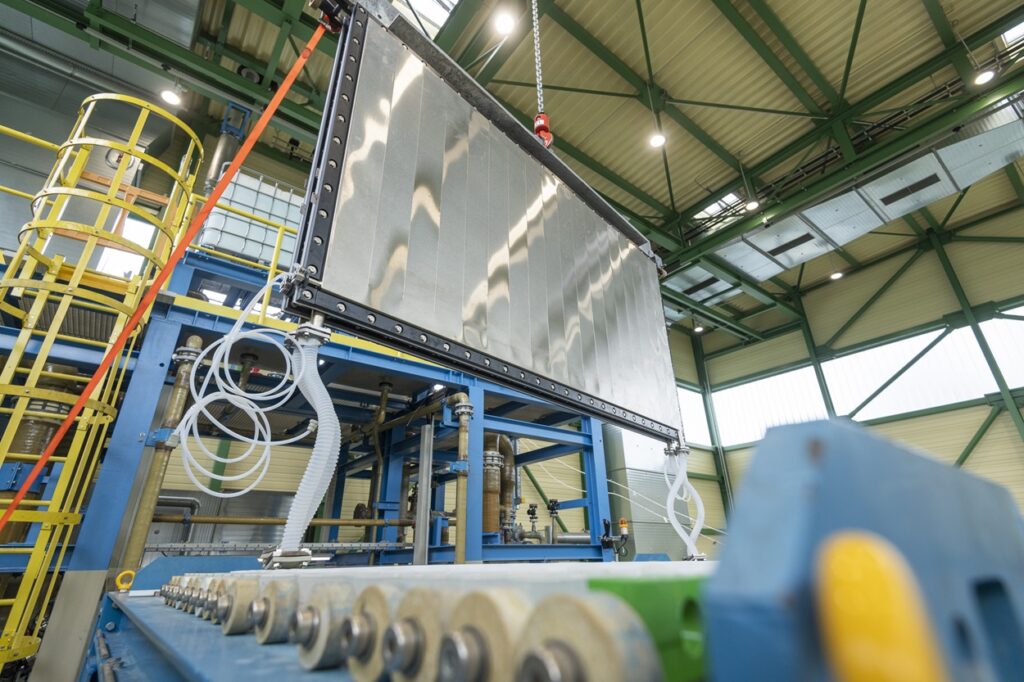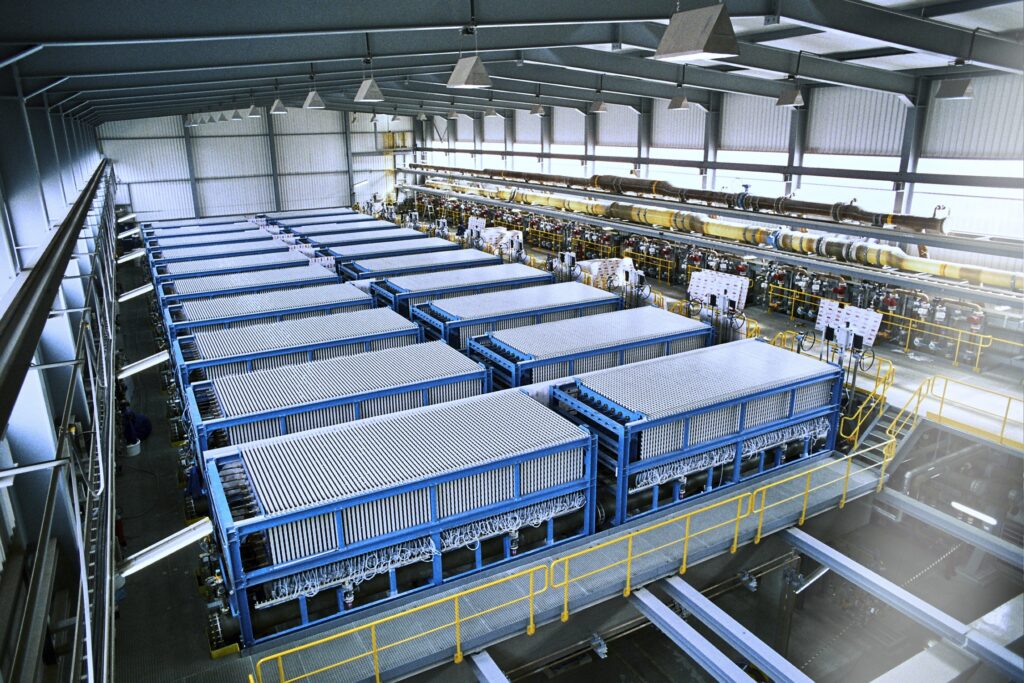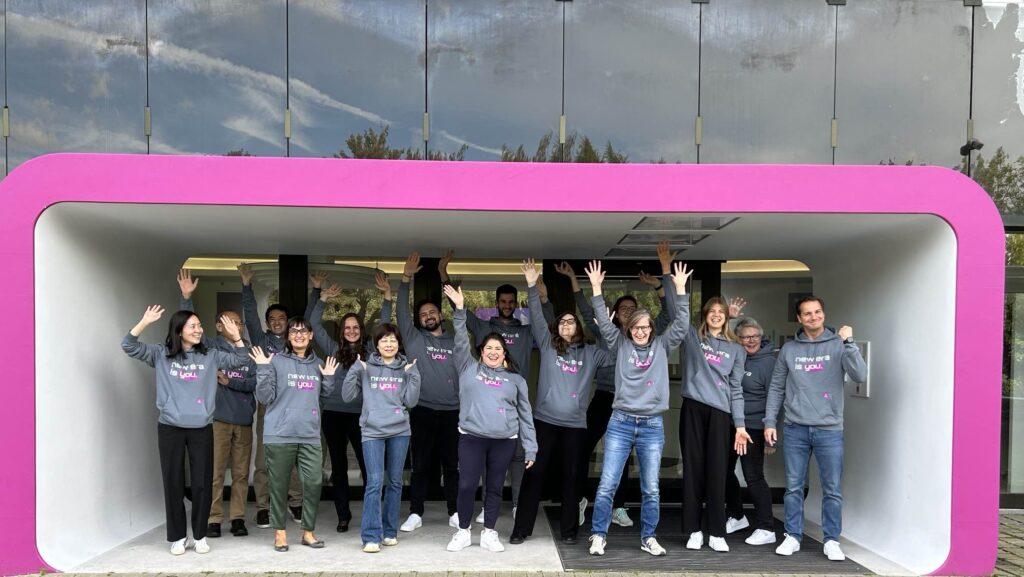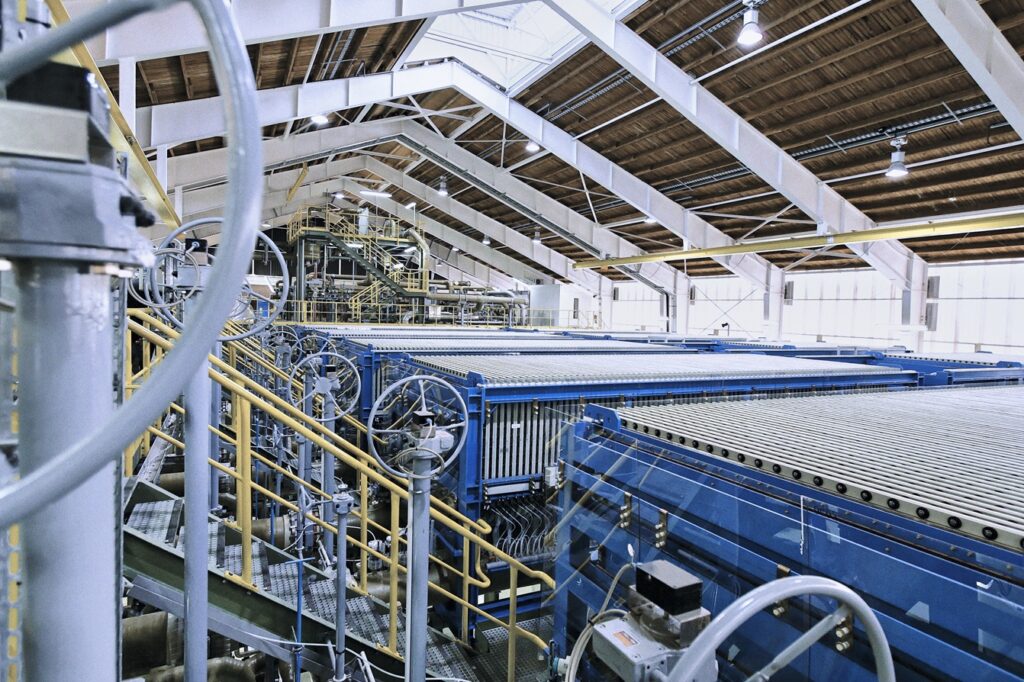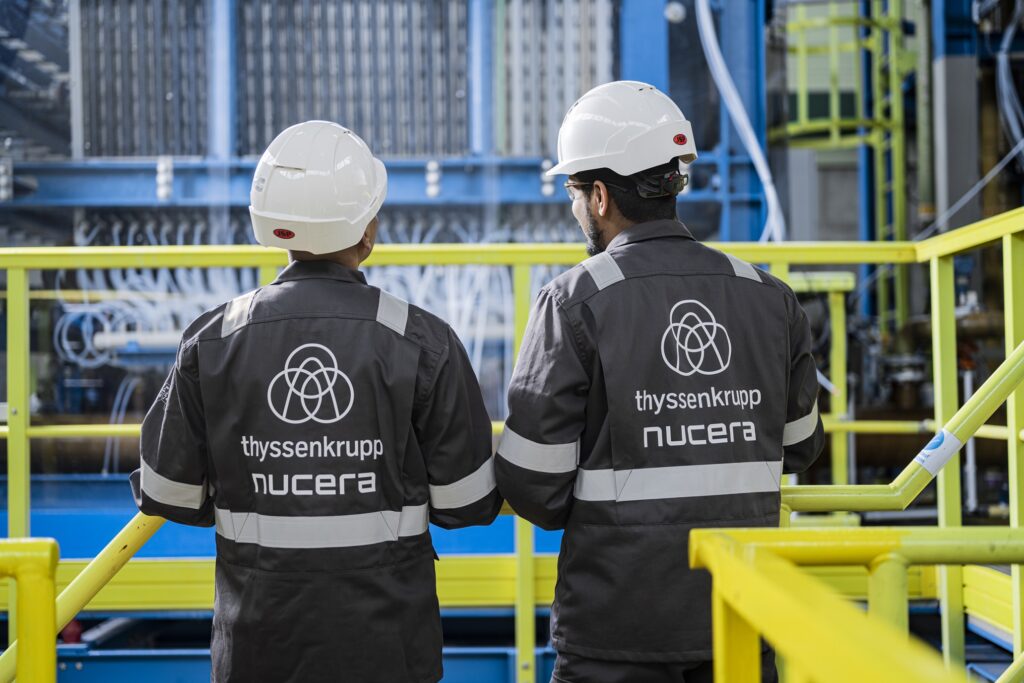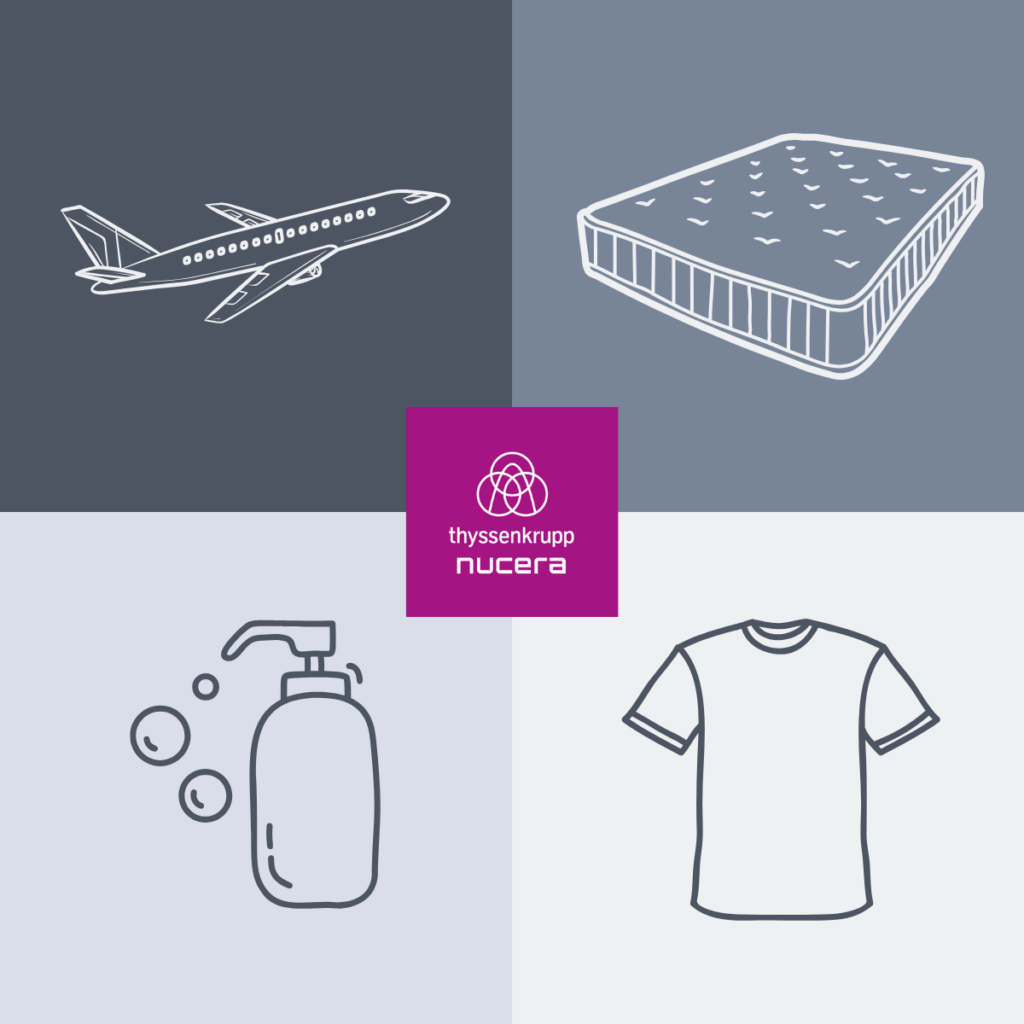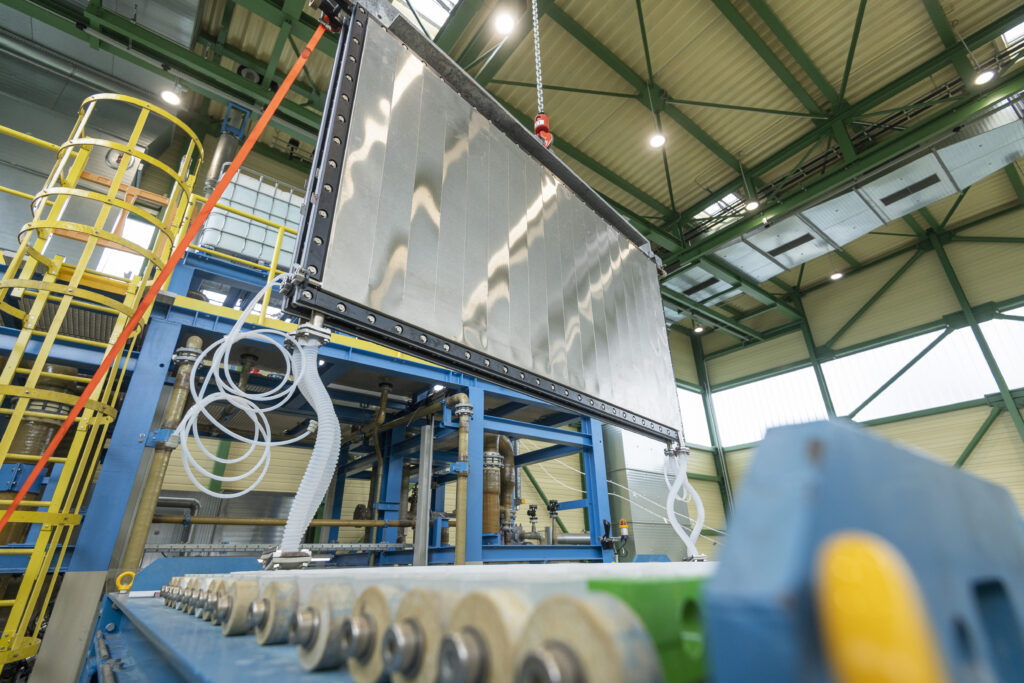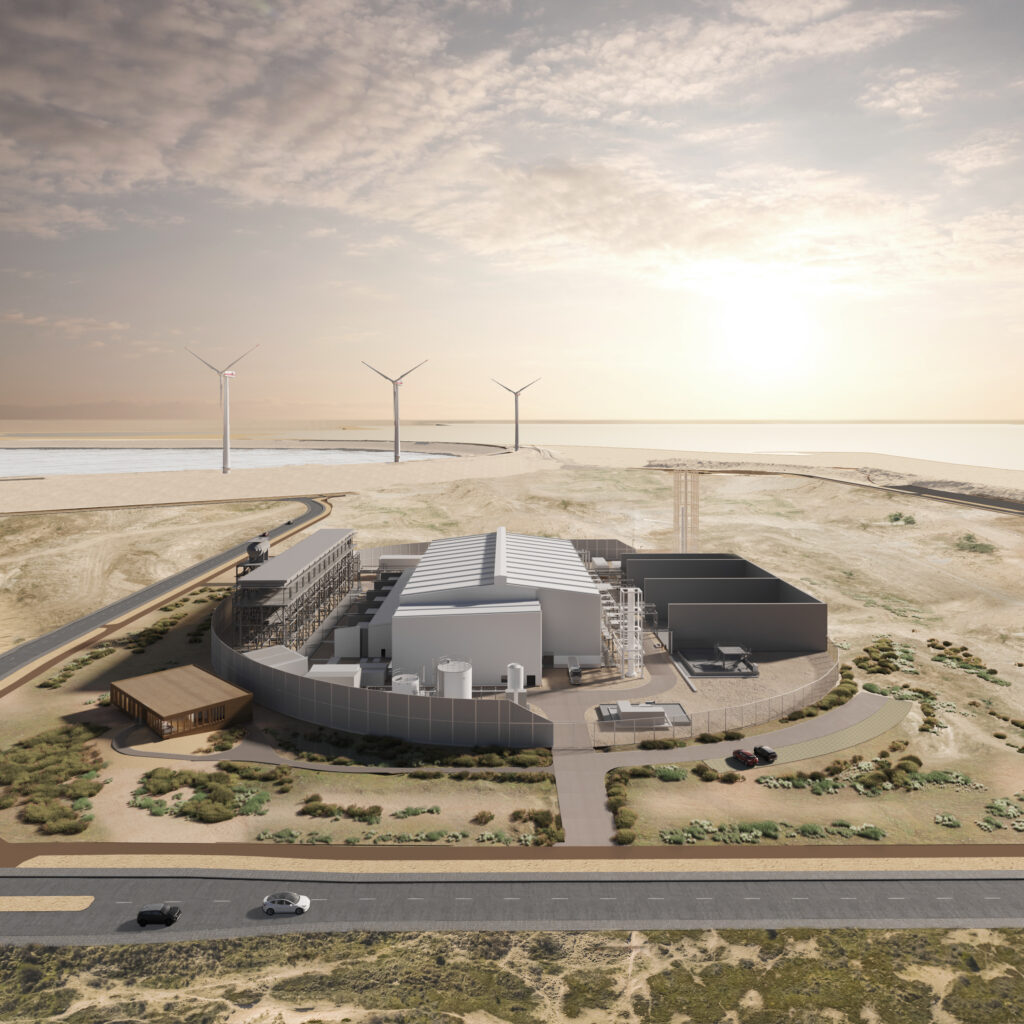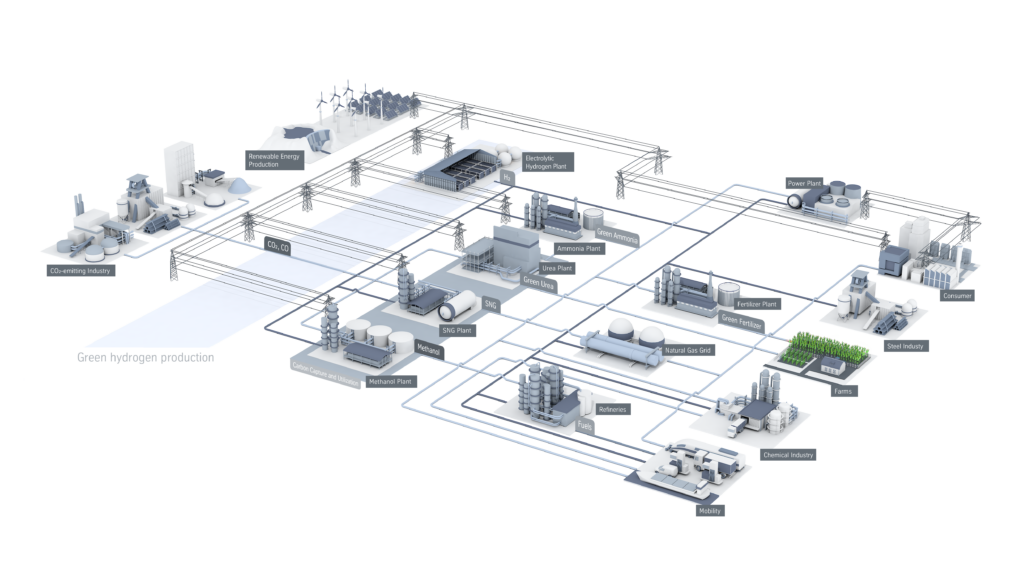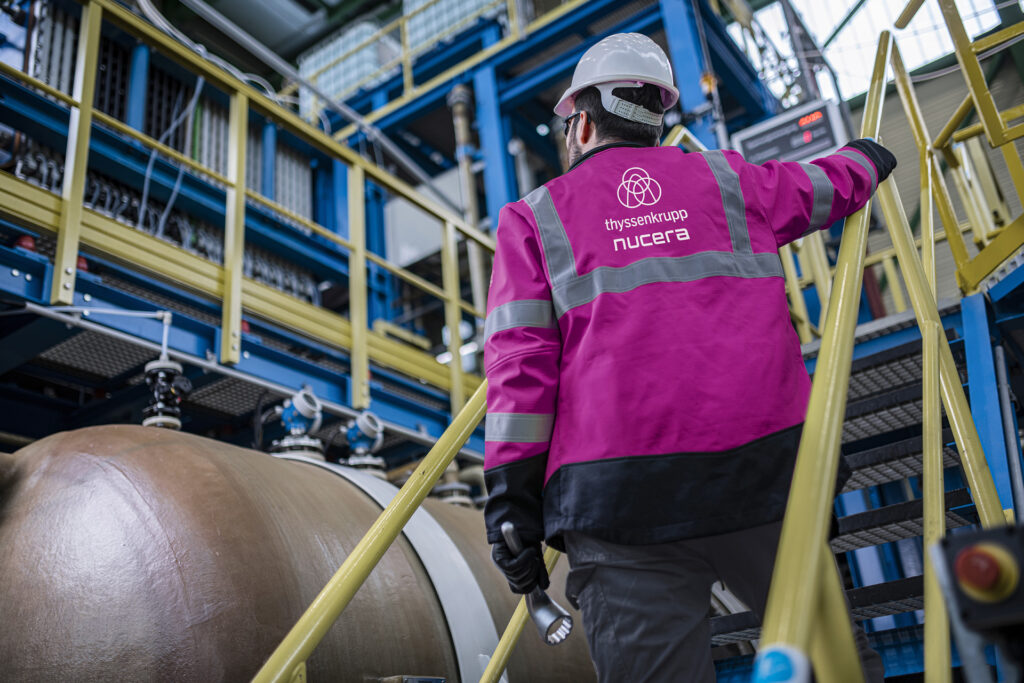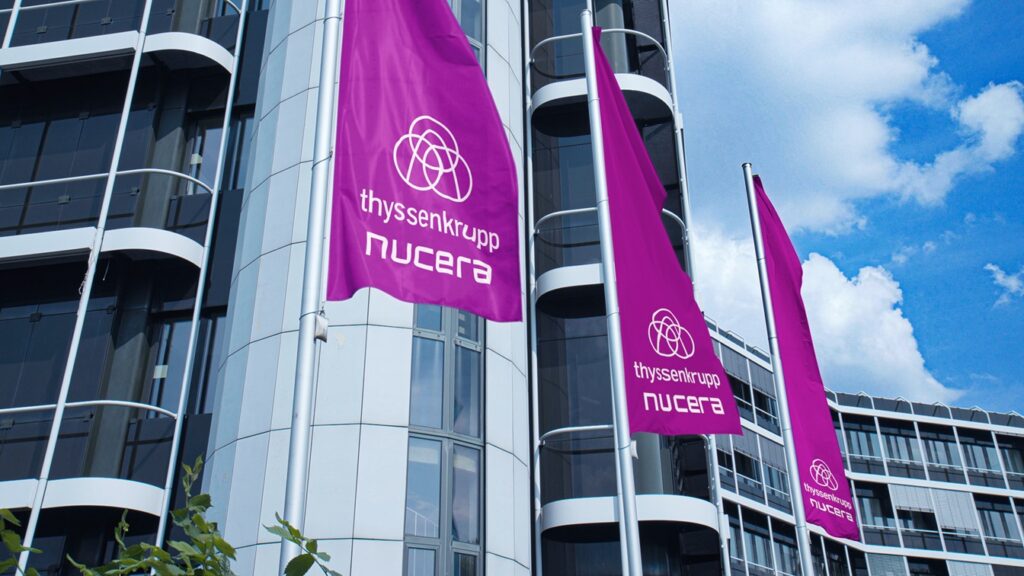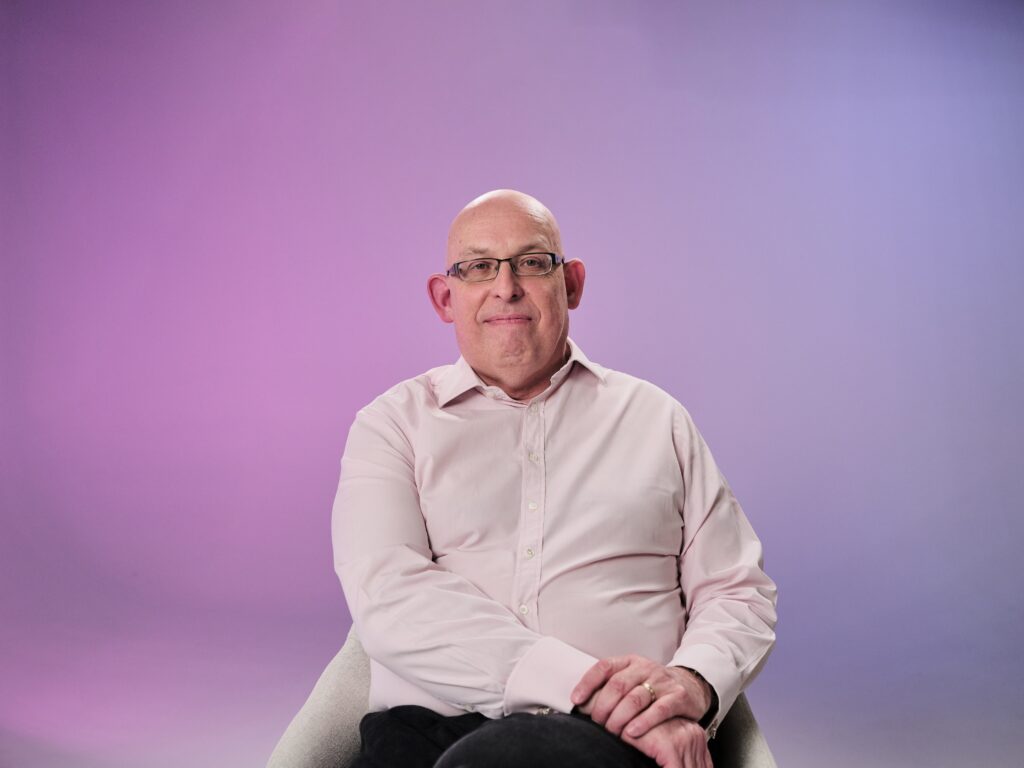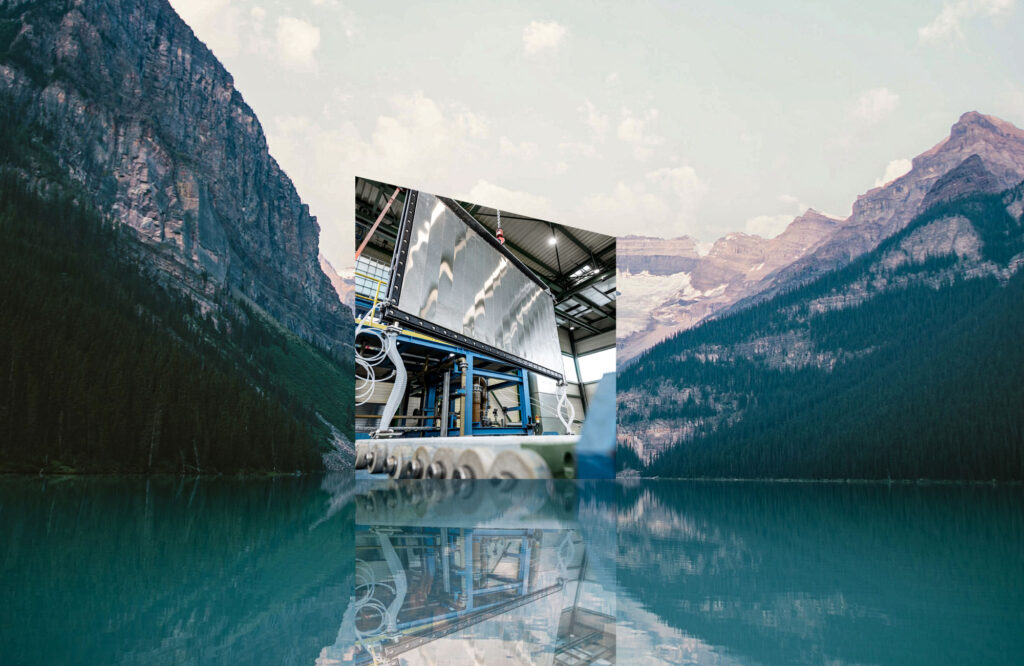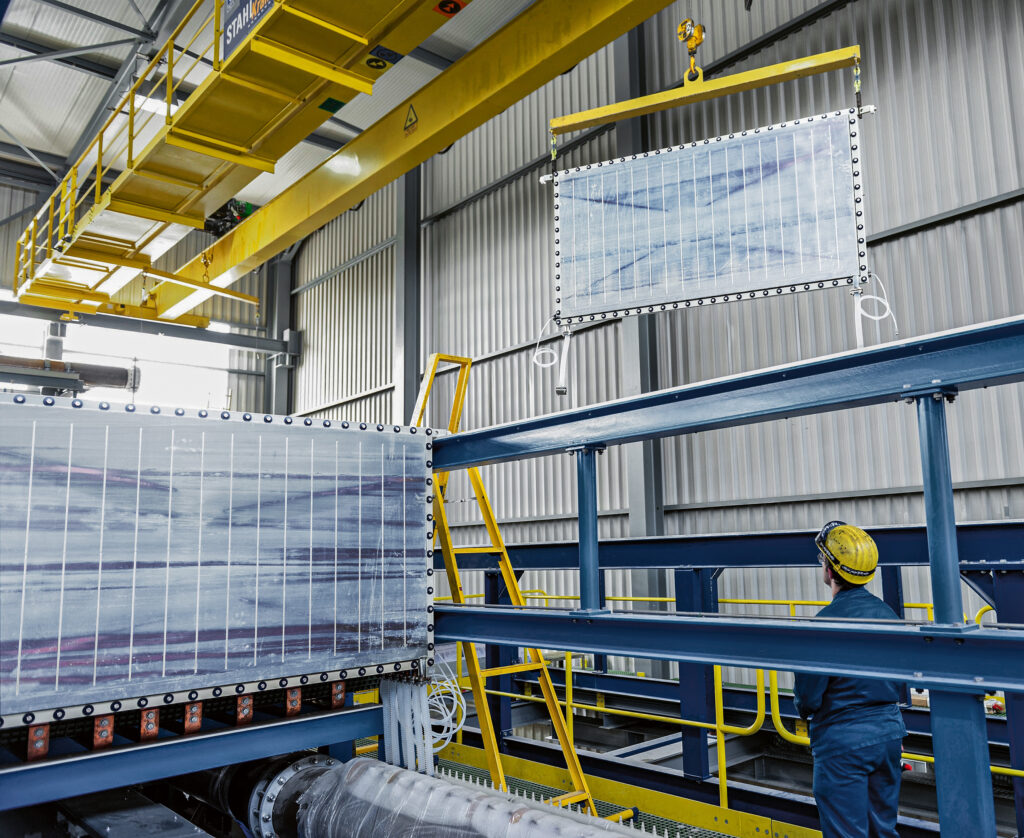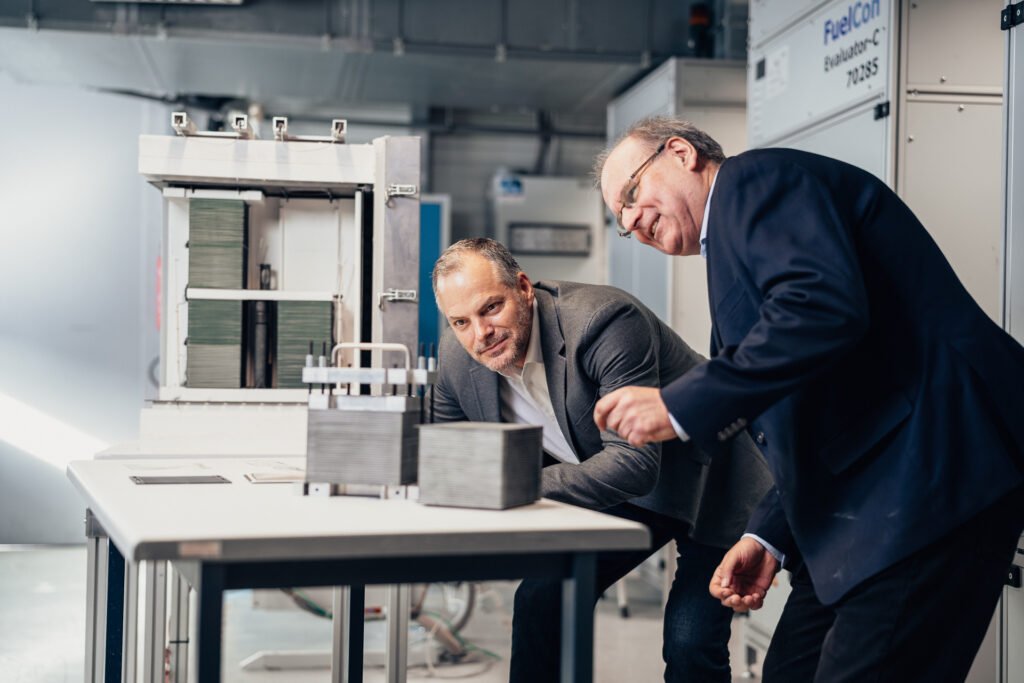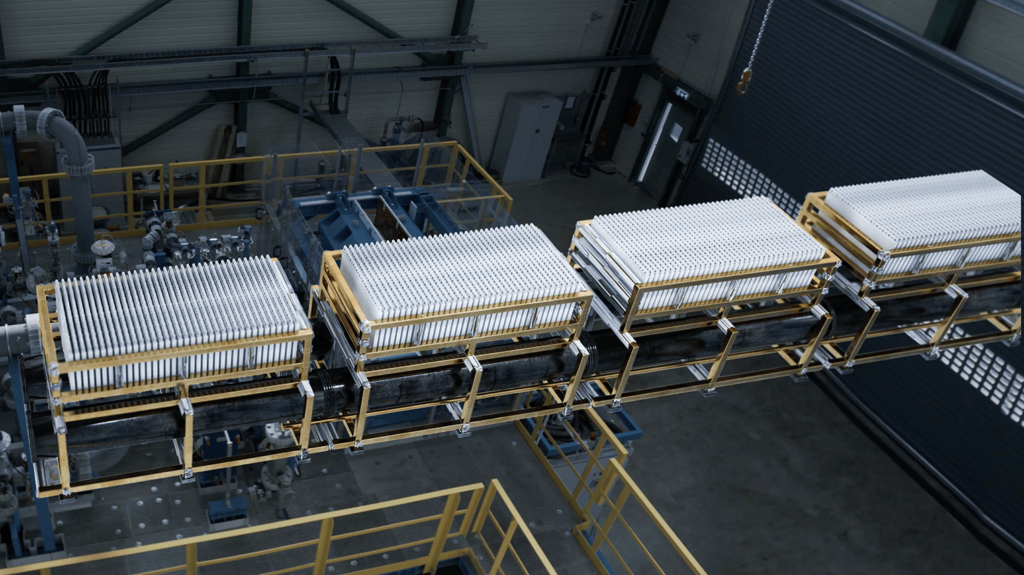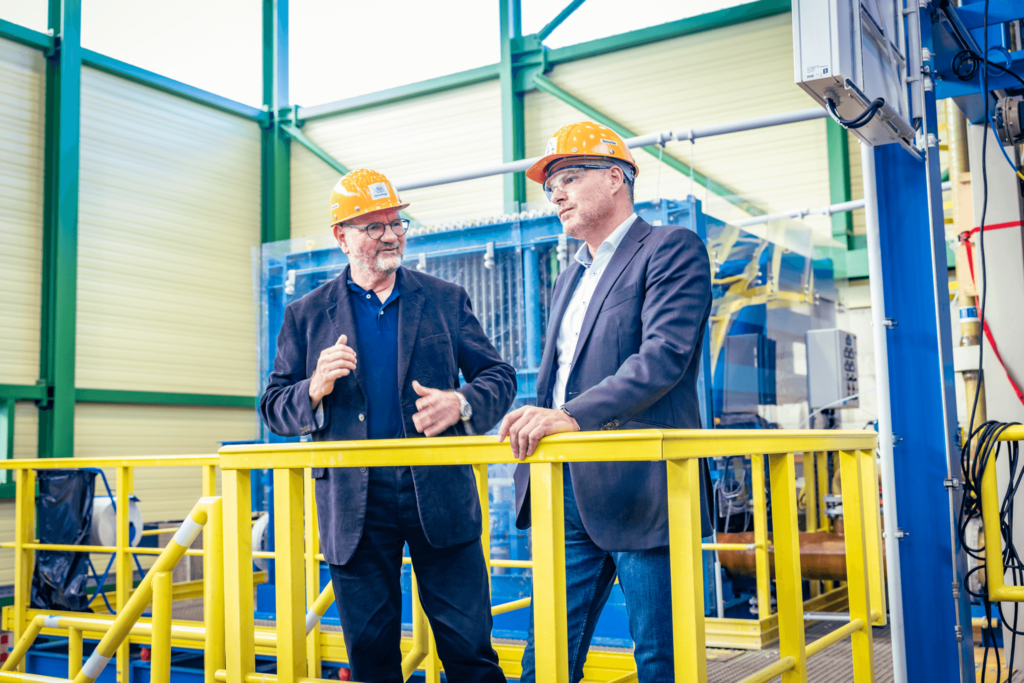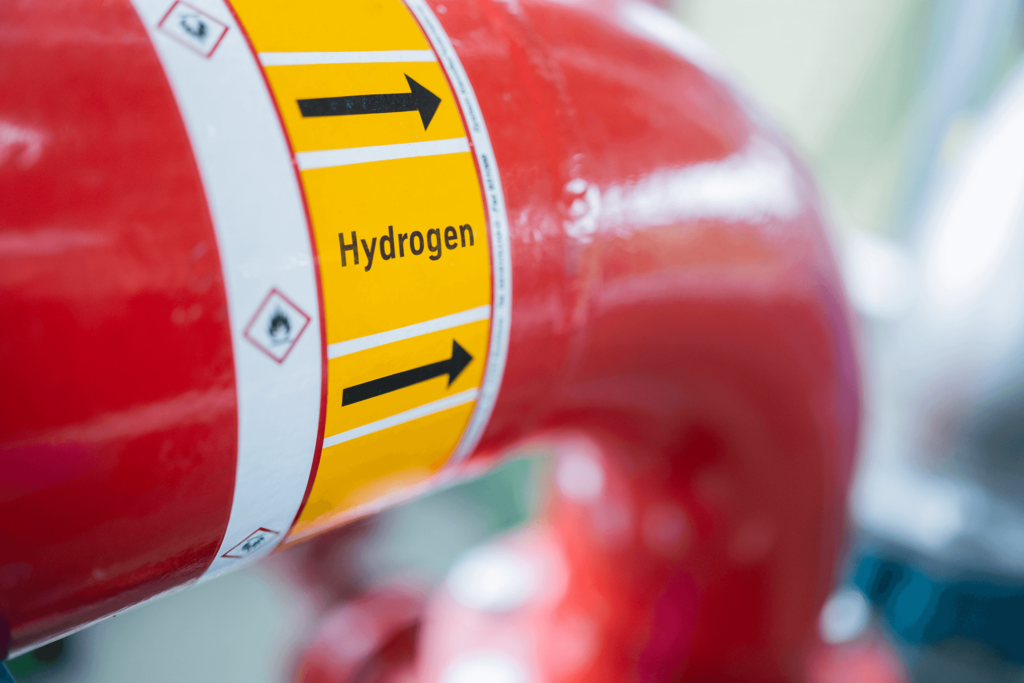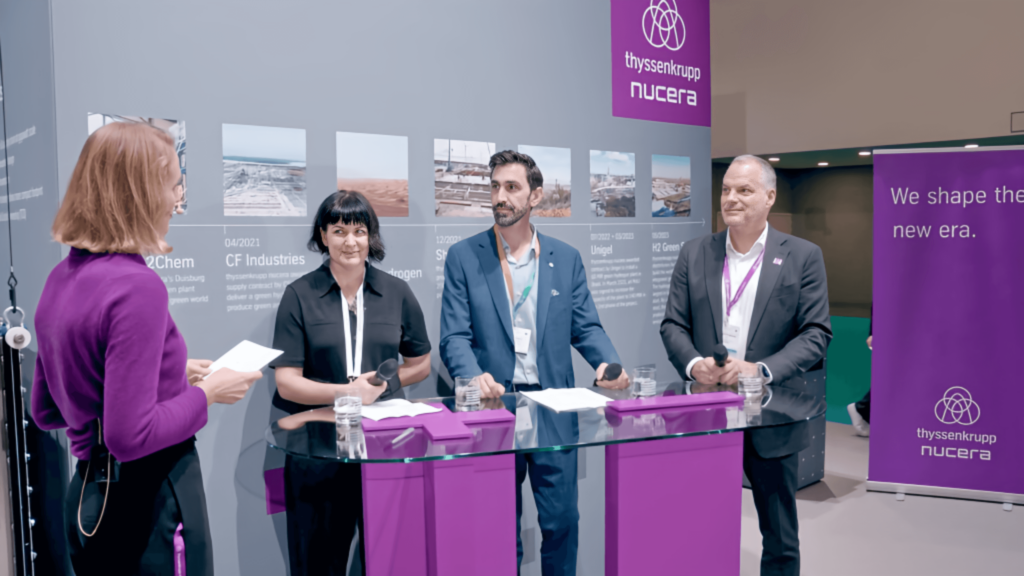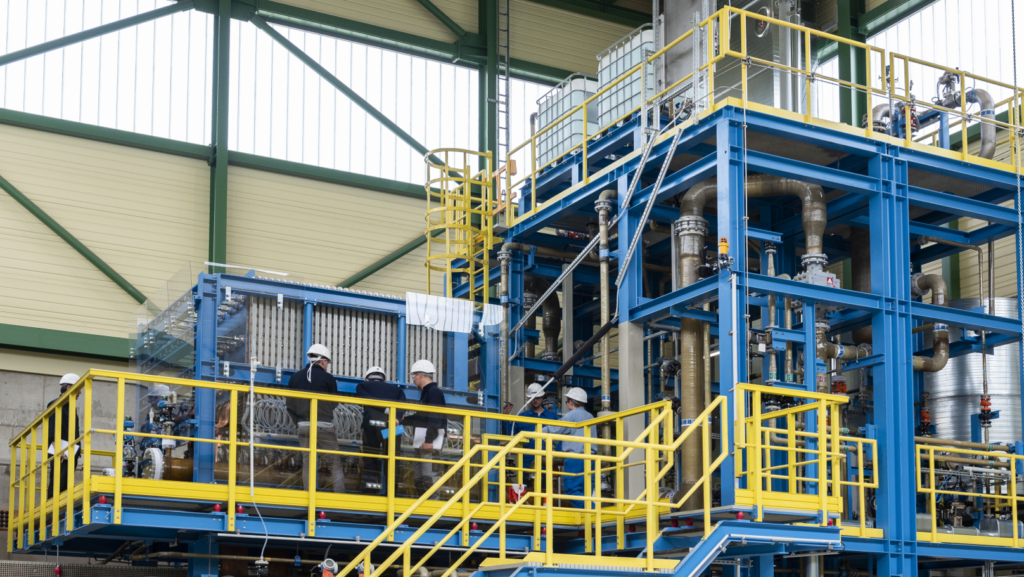thyssenkrupp nucera® looks back on 60 years of extensive experience in electrolysis technology. Let’s delve into our history, from the very first steps in chlor-alkali technology, to becoming a global leader in electrolysis technology and further developing it to meet the energy transition’s needs.
The Early Days: Foundations of Excellence
Once upon a time—well, to be precise, in 1960—thyssenkrupp Uhde’s electrolysis division was founded in Germany. Meanwhile, in 1973, Chlorine Engineers Corp. Ltd. was established in Japan. This was the birth of thyssenkrupp nucera’s® electrolysis technology – albeit under different names at the time. It was the company’s first venture into the world of electrolysis, a technology that would prove to be a game-changer in the years to come.
The Middle Years: Pioneering Breakthroughs
The companies, whose focus was on chlor-alkali electrolysis, continued to grow and eventually celebrated a major milestone: Uhde launched the first BM single element membrane technology in 1984, while Chlorine Engineers marketed the first product of the BiTAC family with zero-gap technology in 1994. These advancements laid the foundation for thyssenkrupp nucera’s® success as a global leader in the chlor-alkali electrolysis industry. With more than 50 references for the new single-element technology, in 1995, the opening of the chlor-alkali research and development test stand in Gersthofen, Germany, signaled a commitment to continuous innovation.
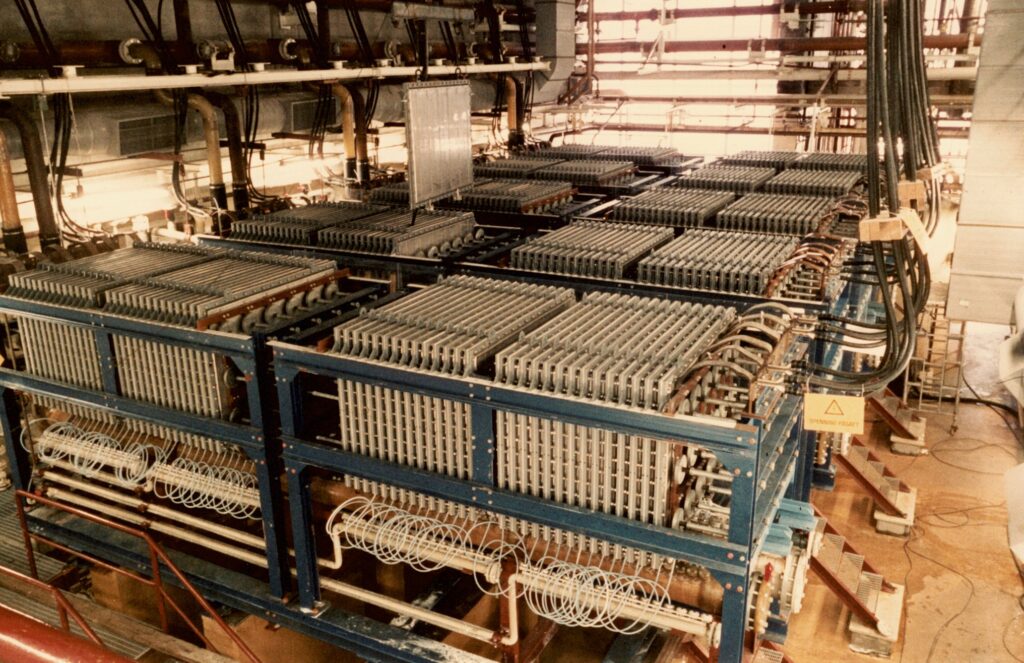
A New Millennium: Partnerships and Transformation
More can be achieved together, so it wasn’t long before the two companies joined forces in 2001. The formation of Uhdenora S.p.A., a joint venture between Industrie De Nora and thyssenkrupp Uhde pioneered the HCl-ODC technology process and successfully established the first industrial HCl-ODC reference plant in Germany. In 2003, thyssenkrupp nucera® established its first industrial energy-saving hydrochloric acid recycling plant. . However, this milestone was just the beginning.
Developing the Future: Taking Advantage of the Heritage
Further merges resulted in the establishment of thyssenkruppp Uhde Chlorine Engineers in 2015. The company now had five decades of experience in electrolysis and plant engineering. Alkaline water electrolysis (AWE), which produces green hydrogen on a large scale and which thyssenkrupp nucera® rapidly expanded, is based on this strong expertise – a unique experience. To further develop AWE technology, in 2018, the company embarked on research and development endeavors at a 2 MW test and demonstration plant, called Carbon2Chem® in Duisburg, Germany. Simultaneously, committed to the heritage, the latest iteration of the esteemed BiTAC family was unveiled.
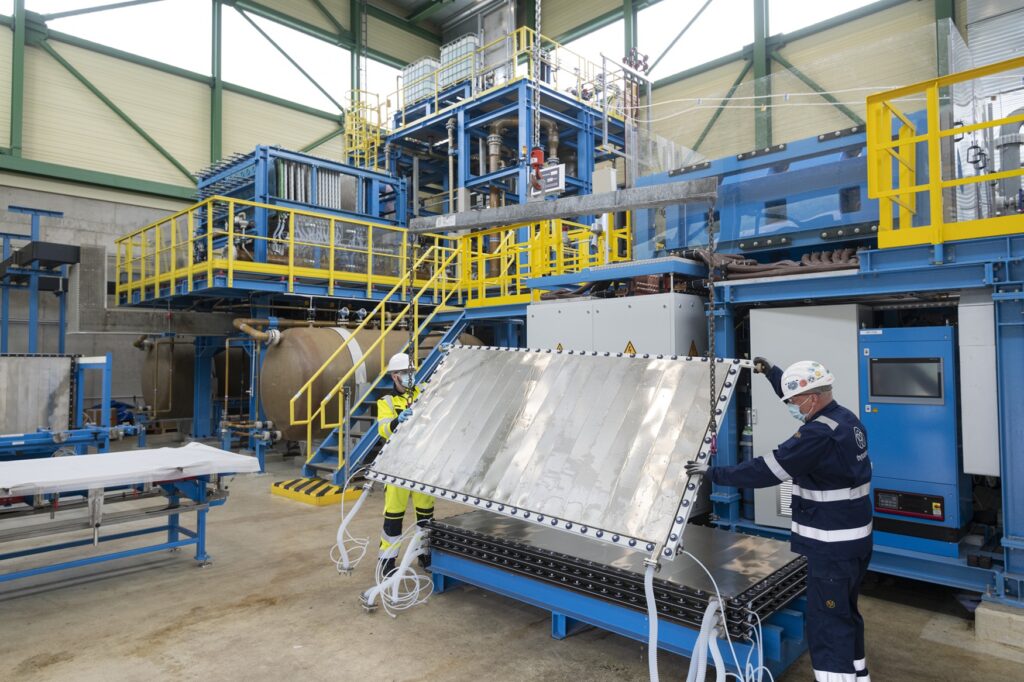
From the Moon to Mars: Charting a Path to a New Era
As the 2020s dawned, thanks to consistent investment in technology development and R&D efforts, green hydrogen became a core part of the company’s portfolio. To highlight the beginning of not only the company’s new era, but also the new era that comes along with the energy transition of the industry, thyssenkrupp Uhde Chlorine Engineers transitioned into thyssenkrupp nucera®. 2023 marked two milestones in a row: The 20 MW Alkaline Water Electrolysis module finally got a name: scalum®. And, on July 7th, 2023, thyssenkrupp nucera® successfully issued an IPO and became officially listed on the Frankfurt stock exchange in Germany. Two months later it already entered the SDAX, a stock market index tracking small-sized industrials, also known as smallcaps, in Germany.
Although the IPO was hailed as the company’s “moon landing,” thyssenkrupp nucera® is already aiming for the next milestone: reaching “Mars.” In 2024, it entered a strategic partnership with Fraunhofer IKTS to position itself even better for the future electrolysis market and expand its position as a leading global supplier of electrolysis technologies. Together, thyssenkrupp nucera® and Fraunhofer IKTS want to take the final steps in high-temperature electrolysis (SOEC) toward industrial manufacturing and application. Already in 2025, a pilot plant is scheduled to start operation.
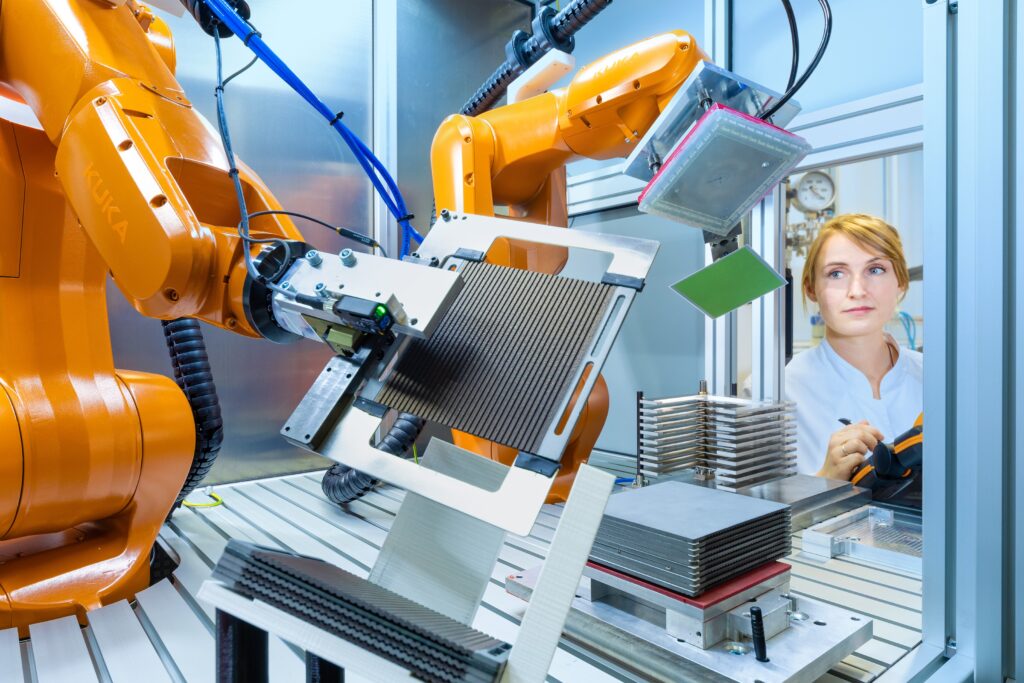
Moving forward, thyssenkrupp nucera® proudly offers cutting-edge technologies and innovative solutions for efficient chlor-alkali and green hydrogen electrolysis. While green hydrogen technologies will propel the company to new frontiers like the Moon and Mars, chlor-alkali technologies remain the stable foundations and legacy that have shaped thyssenkrupp nucera® into what it is today. And as the company is constantly working on improving its technology, never forgetting its roots, thyssenkrupp nucera® will shape the new era.
Find further information on the company and its history here.
